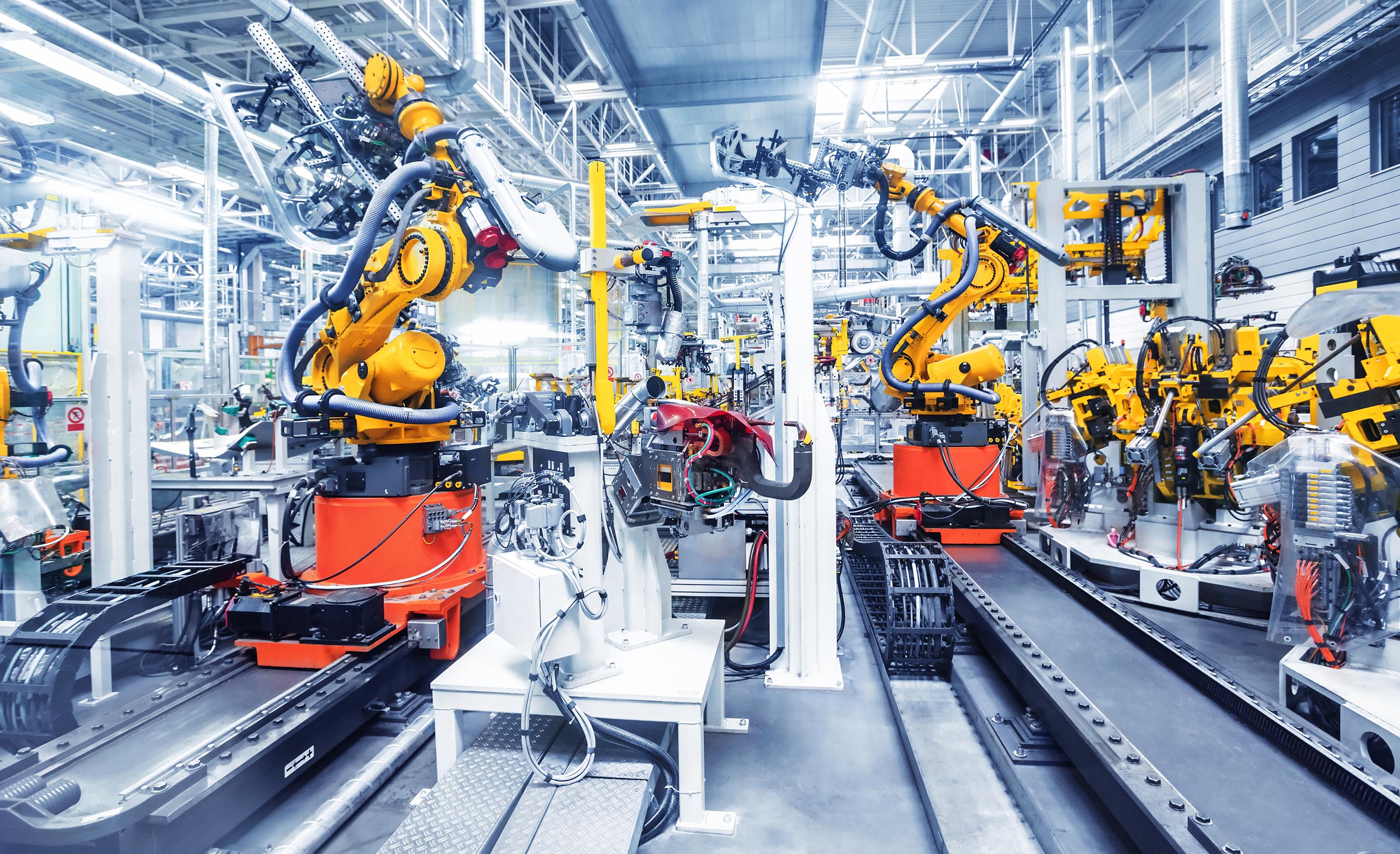What lean automation is and what are the main features
By implementing LEAN production techniques, it is possible to achieve a reduction of waste and an improvement in productivity. However, simply knowing the principles of LEAN manufacturing is not enough. It is essential to be able to bring the guiding lines of this production method into your own facility. This implementation process can also include automation. With an initial investment in the right systems, cost savings and profits increasings can be easily achieved.
What lean automation actually is?
The core of LEAN production is a change in the way of thinking: instead of improving the productivity of individual processes, the general picture of improving the value that customers obtain from products must be the target; at the same time, the focus is also on containing and reducing costs.
This concept of ambivalent attention to the customer and company costs must always be applied by integrating automation. With these two cornerstones it is possible to automate even the smallest productions, doing it gradually by integrating lean principles into the existing structure, reducing costs and delivery times while gradually automating processes.
The benefits of LEAN automation in manufacturing
By choosing to integrate LEAN automation into production facilities, processes become faster and more efficient. If correctly done, adding automation can lead to multiple benefits such as:
1. Security increasing
Worker safety should be paramount throughout the manufacturing industry. By automating dangerous processes, is possible to achieve greater safety and fewer errors in production. For example, an automated storage and retrieval system keeps operators out of hotspots where can occur accidents and collisions with forklifts. This system also reduces human errors in product picking or storage.
2. Reduction of delivery times
Another way to use automation for the benefit of operations is to study solutions starting from the layout of the warehouse or production area. With a big general picture at the very beginning of the project, the systems are designed to make the movements of the operators minimal or zero as well as ergonomic.
3. Improvement of accuracy
By choosing to automate, larger quantities of products can be produced more effectively at lower costs. It is also important not to focus on creating a specific model. The combination of approaches and technologies can bring to the best of waste reduction and maximization of cost savings. For example, automating assembly processes can help in reducing manufacturing errors and wasted time on rework.
4. Cost reduction
Cost cutting is the biggest benefit for automation and LEAN manufacturing. By using automated systems wisely, reducing costs is automatic. One way to reduce costs without sacrificing operator time is by adopting robots. Robots reduce the human effort and investment required while human workers can maintain the desired level of quality.
If you are considering adopting automation systems, Whitech can help you in achieving your goals. Let’s get in touch today for a specific assessment.



